
Camera traps record “living fossils” of extinct rodents that lived in Phong Nha – Ke Bang caves 11 million years ago. Photo: PN-KB
The above information was confirmed by Mr. Pham Hong Thai - Director of Phong Nha - Ke Bang National Park Management Board (formerly Quang Binh province).

Gateway to the World Natural Heritage – Phong Nha – Ke Bang National Park. Photo: Tran Nguyen Phong
Shocking discoveries
Currently, conservationists at this national park are holding 424 images of Truong Son rock rats through 10 camera trap stations in the strictly protected area of Phong Nha - Ke Bang World Natural Heritage.
Mr. Pham Hong Thai Thai also affirmed that the event marking the first image of this rodent in the natural environment has shocked the scientific community and is a great victory in the Vietnamese biological conservation industry.
According to documents archived at Phong Nha - Ke Bang National Park Management Board, Truong Son rock rat was first described as a new species in 2005 by Jenkins and colleagues ( Jenkins et al. 2005 ) with the name Laotian Rock Rat , based on specimens collected in Khammouane province (Laos).
The specimens were quickly transferred to the Natural History Museum in London (UK) and analyzed, they were completely different from other modern rodents in the world. Jenkins and his colleagues considered them to be representatives of a new genus ( Laonestes ) and a new family ( Laonestidae ).
Truong Son rock rats climb cliffs to find food from leaves. Photo: PN-KB
But in 2006, Dawson and colleagues ( Dawson et al. 2006 ) after carefully examining the skeletal structure of the Laotian rock rat confirmed that this species belongs to the Diatomyidae family , an ancient mammal family that became extinct about 11 million years ago, from the Miocene period and only fossil specimens remain. Therefore, the Laotian rock rat is considered a "living fossil" of the Diatomyidae family .
Mr. Le Thuc Dinh - Head of Science and International Cooperation Department, Phong Nha - Ke Bang National Park Management Board said: "In the survey of mammal biodiversity in the Park area under the project of Conservation and sustainable management of natural resources in Phong Nha - Ke Bang National Park area , Vietnamese scientists including: Nguyen Xuan Dang, Nguyen Xuan Nghia, Nguyen Manh Ha, Nguyen Duy Luong and Dinh Huy Chi discovered a population of Laotian rock rats living in Thuong Hoa commune, Minh Hoa district, Quang Binh province (old) - the expanded area of the Park".
“The Ruc people here call this animal Kne-cung. However, to match the distribution area of the Truong Son mountain range in Vietnam and Laos, the above scientists named it Truong Son rock rat (Annamite Rock Rat, Nguyen Xuan Dang et al. 2012 )” - Mr. Dinh added.
Is there or is there not existence for 11 million years?
So is there really a living representation of the Truong Son rock rat that has existed for 11 million years as some media reports? Mr. Le Thuc Dinh affirmed: “The discovery of the only living representative of the ancient mammal family Diatomyidae that has been extinct for tens of millions of years is particularly interesting! But there is no such thing as the almost permanent existence of the Truong Son rock rat for the past 11 million years, but rather a typical example of the very rare “resurrection effect” ( lazarus effect ) in mammals.
Truong Son rock rats are cared for for research in Phong Nha – Ke Bang. Photo: Tran Nguyen Phong
Mr. Dinh further explained: “The revival effect” is the reappearance of a biological classification (species, genus, family...) after a long period of millions of years without records and considered extinct. In the case of the Laotian rock rat, the unrecorded period of up to 11 million years is an extremely rare phenomenon.
The conservation of the Laotian rock rat is not only about preserving a rare and mysterious animal, but also about preserving the only living representative of an ancient family of animals, Diatomyidae . This is essential for studying the complex but fascinating evolutionary processes of life in tropical forest ecosystems.
Truong Son rock rats moving in the wild during the day. Photo: PN-KB
From information about the distribution area, we went to the "capital" of the Truong Son rock rat - the extended forest area of Phong Nha - Ke Bang Heritage - in Kim Phu commune, Quang Tri province.
When seeing the image of this mysterious stone rat, Mr. Cao Xuan Tien (54 years old, in On village) said: "In the past, when we were hungry, the Ruc people often trapped Kne-cung for food, even though its meat tasted a bit bitter. Now, thanks to the Border Guard and the government's support, teaching people how to grow rice, raise livestock, and cultivate crops, people rarely trap and catch it anymore."
According to the locals, Kne-cung appear a lot from the 6th to the 9th lunar month and are almost only active at night. They live and search for food around their caves.
Vietnamese scientists also confirmed that Truong Son rock rats are often trapped in limestone foothills with many large rocks and in some caves on steep slopes. Their main food is plants, and they only carry one fetus.
Due to its narrow distribution area and being strongly affected by climate change, and partly due to illegal hunting in its distribution area of about 500 thousand hectares, the Truong Son rock rat was listed in the IUCN Red List (2012) at EN level - endangered.
Knowledge about the biology and ecology of Kne-cung is still very limited, especially for the newly discovered population. Many mysteries have not been fully explained and all are still waiting for humans to decipher...
Source: https://baophapluat.vn/phat-hien-chuot-da-tuyet-chung-11-trieu-nam-o-phong-nha-ke-bang-la-hieu-ung-i-sinh-khong-phai-ton-tai-vinh-vien.html


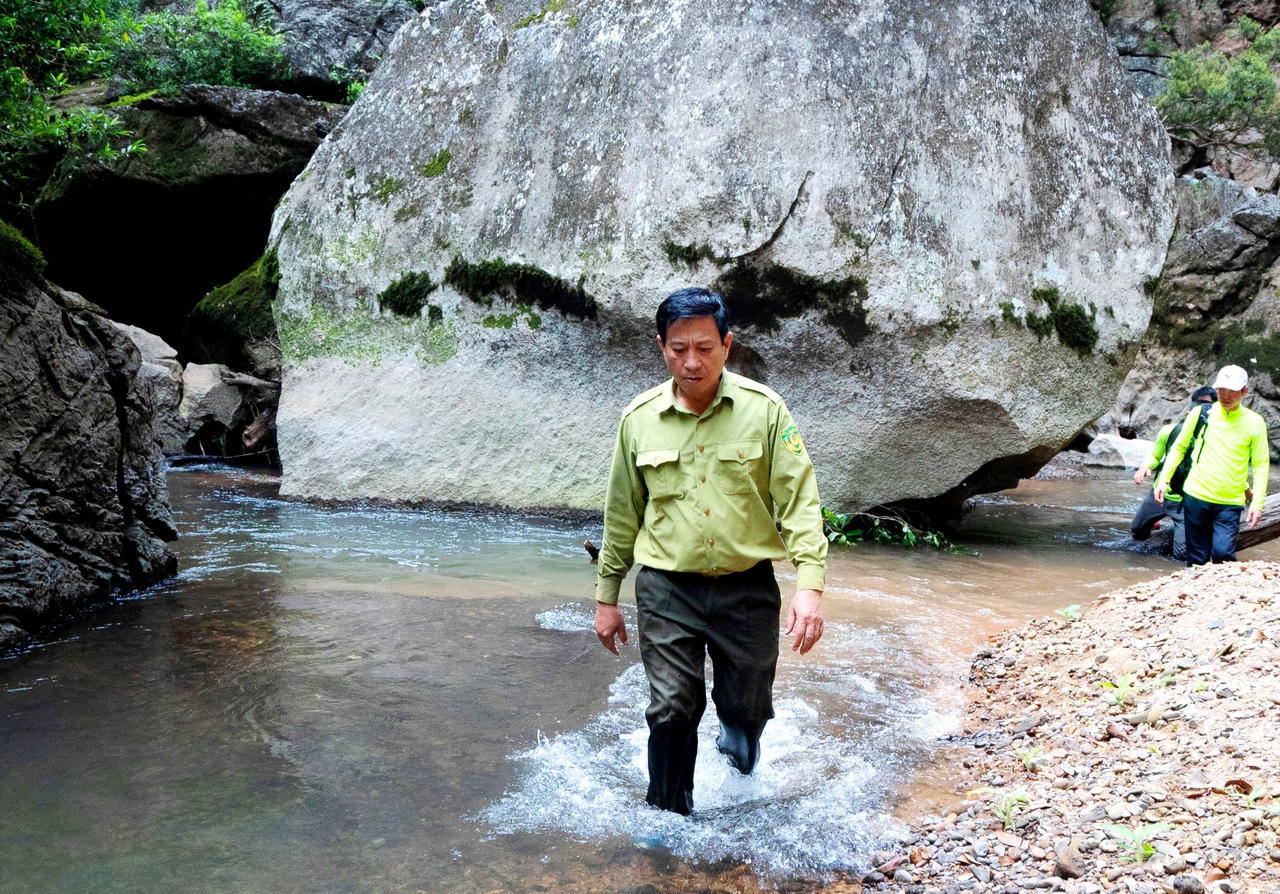
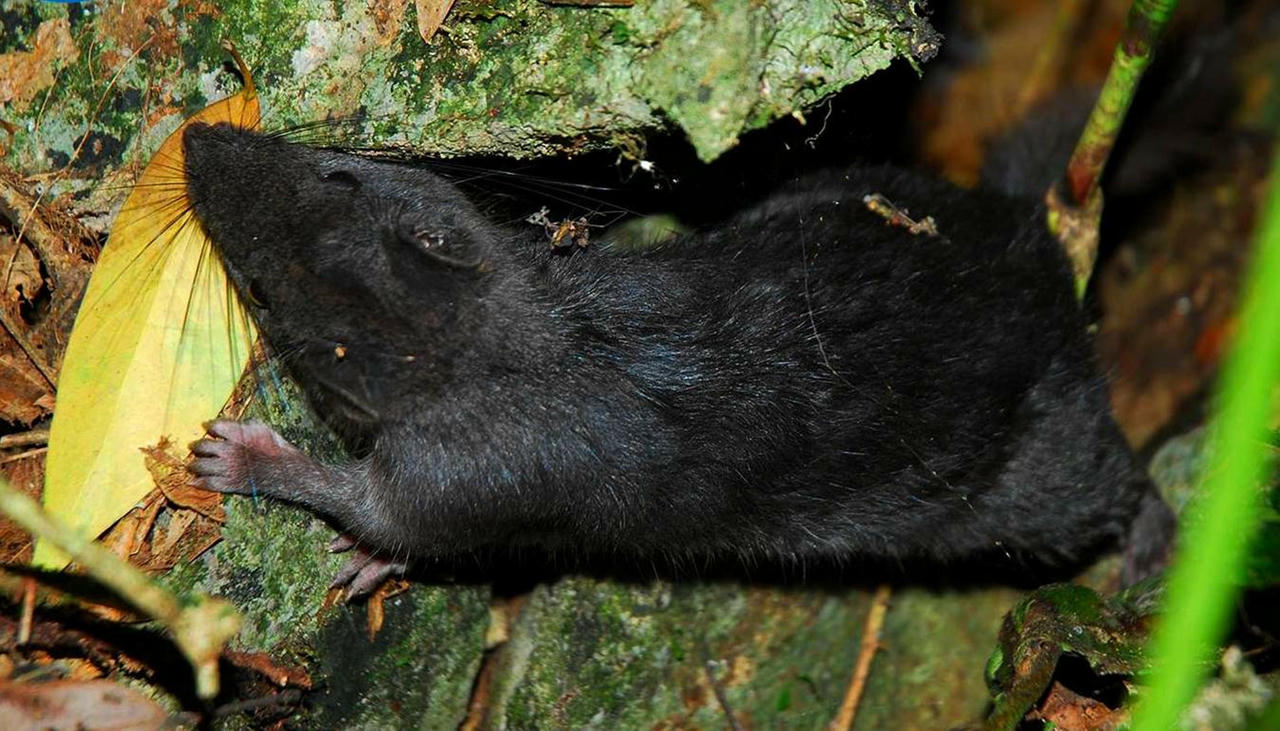
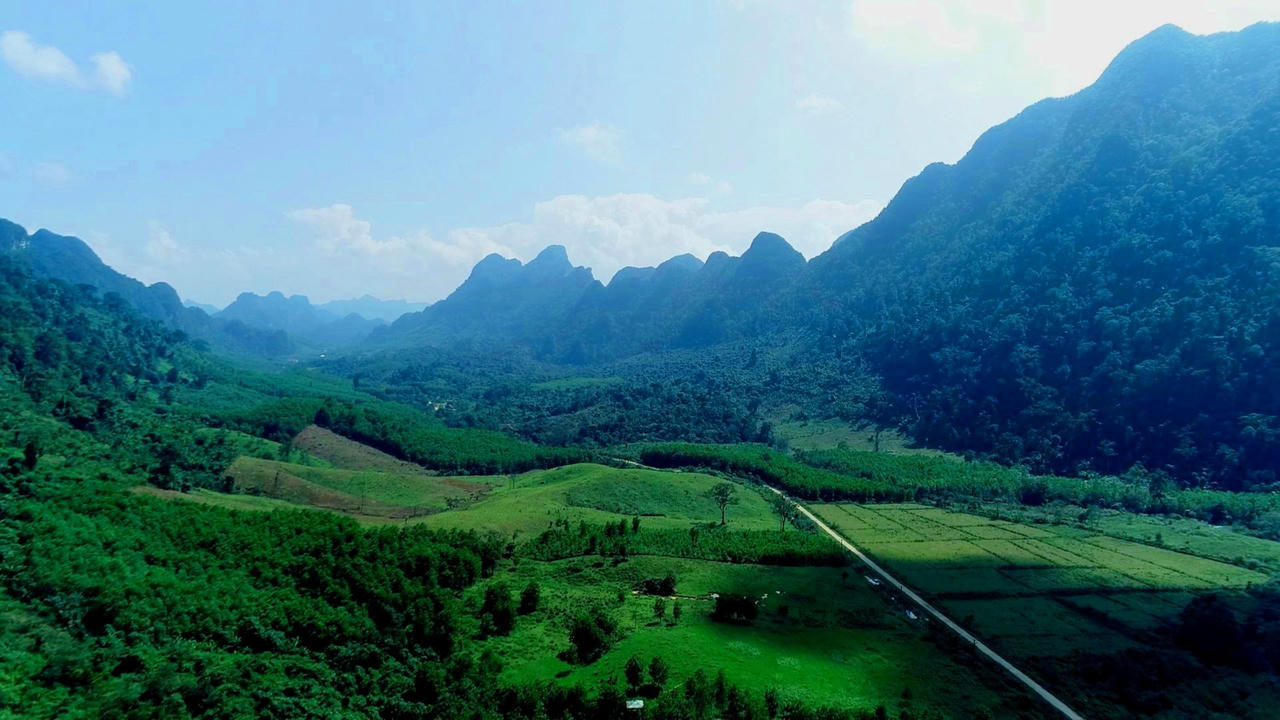
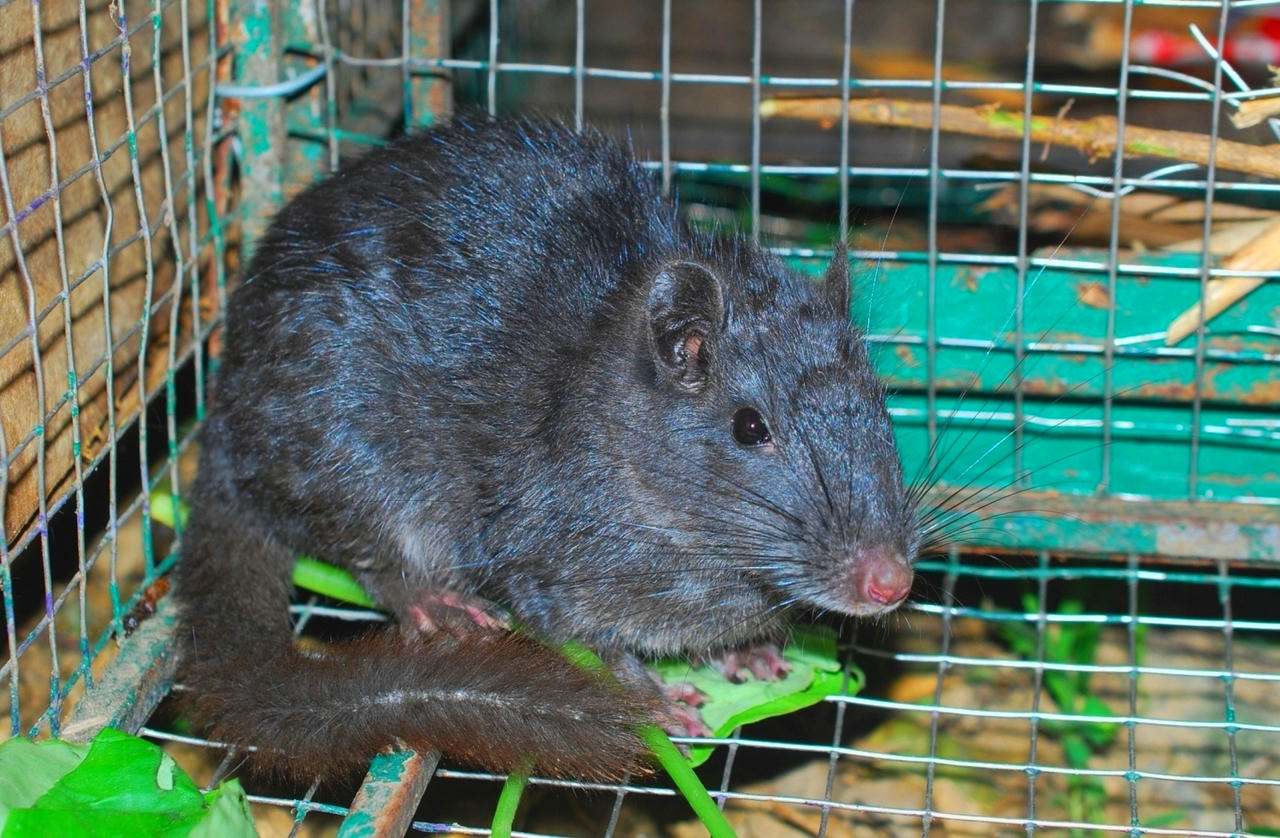






















![[Photo] President Luong Cuong's wife and Queen of Bhutan visit Tran Quoc Pagoda](https://vphoto.vietnam.vn/thumb/1200x675/vietnam/resource/IMAGE/2025/8/19/62696af3852a44c8823ec52b03c3beb0)


![[Photo] General Secretary and Prime Minister visit the National Exhibition and Fair Center](https://vphoto.vietnam.vn/thumb/1200x675/vietnam/resource/IMAGE/2025/8/19/f4503ad032d24a90beb39eb71c2a583f)

![[Photo] General Secretary To Lam attends the inauguration and groundbreaking ceremony of 250 projects to celebrate National Day](https://vphoto.vietnam.vn/thumb/1200x675/vietnam/resource/IMAGE/2025/8/19/3aa7478438a8470e9c63f4951a16248b)
![[Photo] Close-up of the first International Financial Center building in Ho Chi Minh City](https://vphoto.vietnam.vn/thumb/1200x675/vietnam/resource/IMAGE/2025/8/19/3f06082e1b534742a13b7029b76c69b6)

![[Photo] General Secretary To Lam and President Luong Cuong attend the handover ceremony of the Presidential Office Headquarters](https://vphoto.vietnam.vn/thumb/1200x675/vietnam/resource/IMAGE/2025/8/19/a37cfcbd301e491990dec9b99eda1c99)






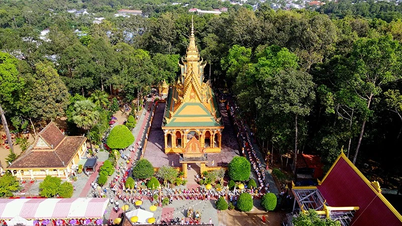

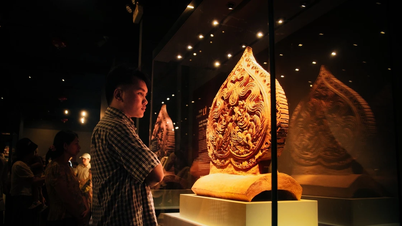












































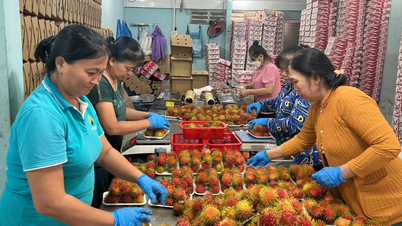














Comment (0)